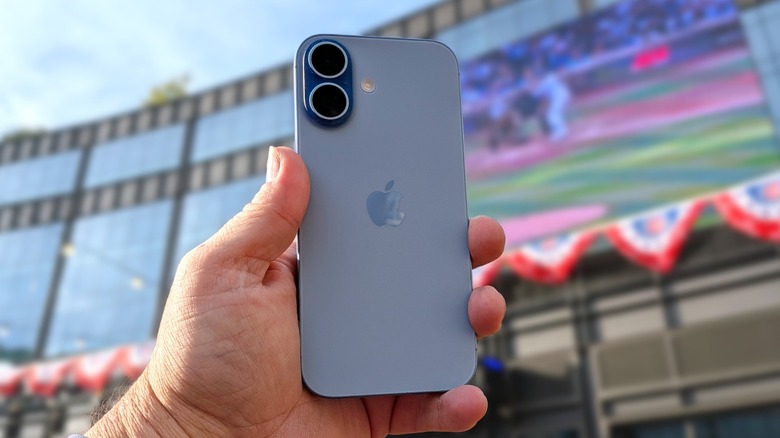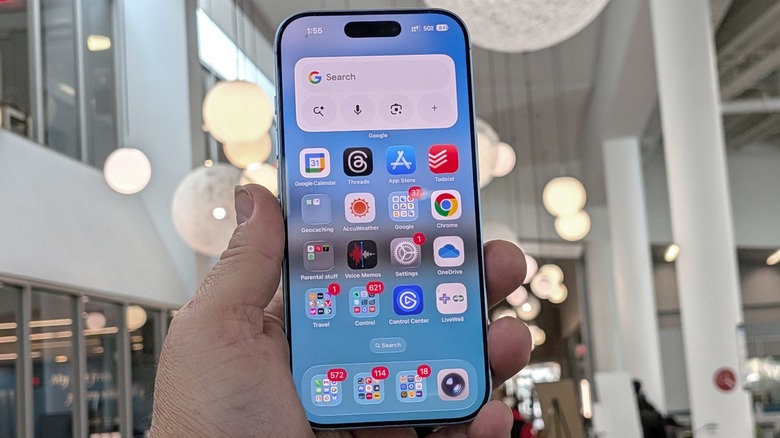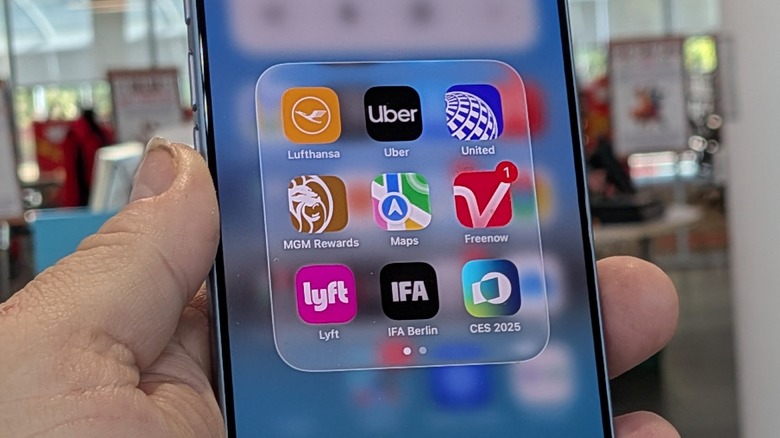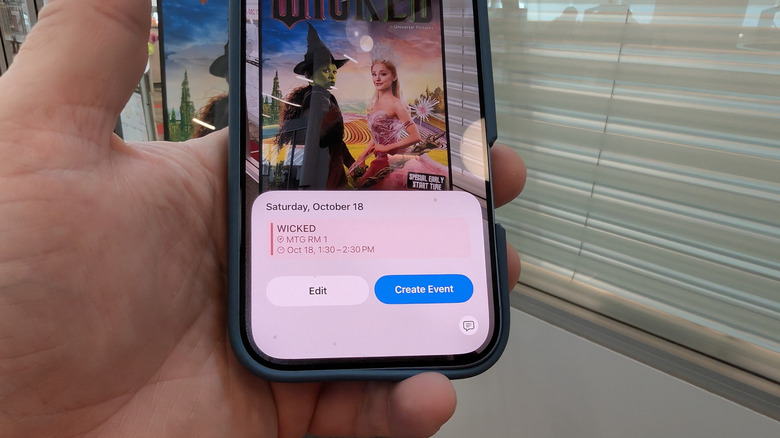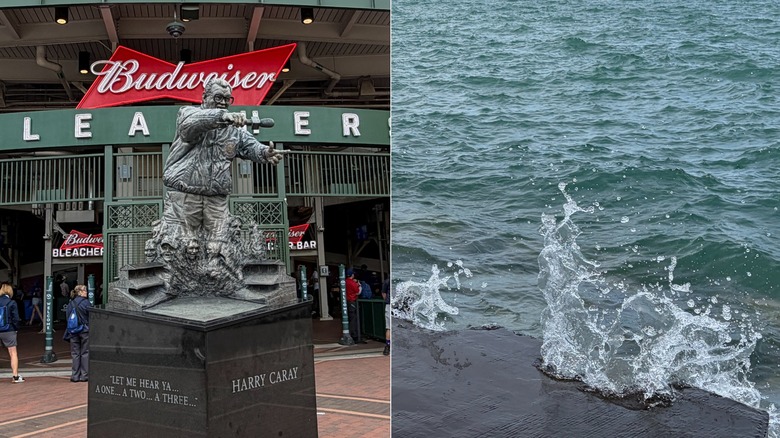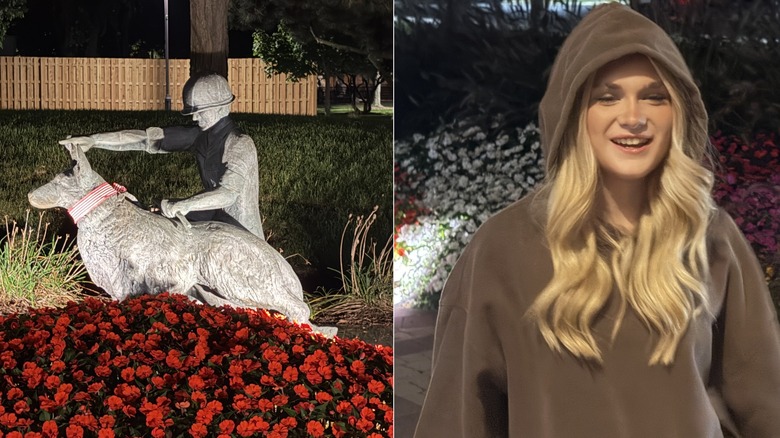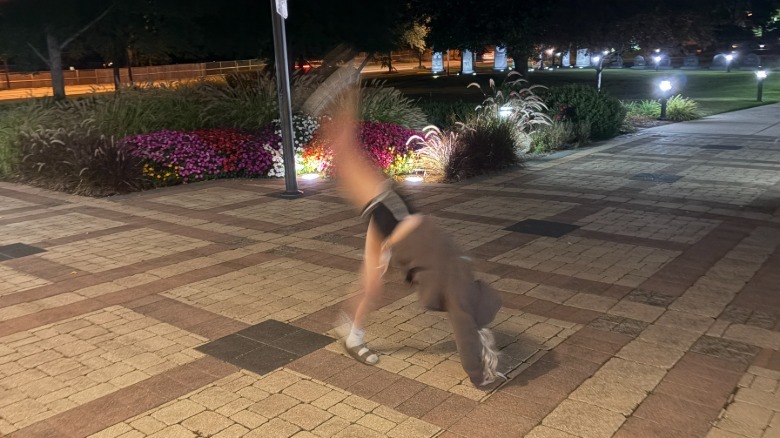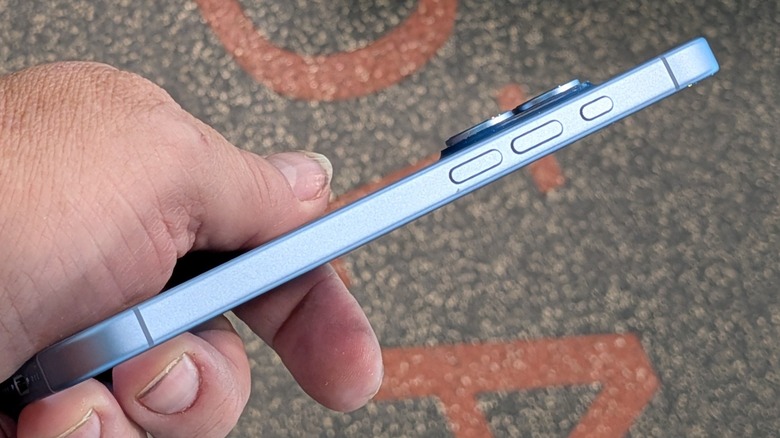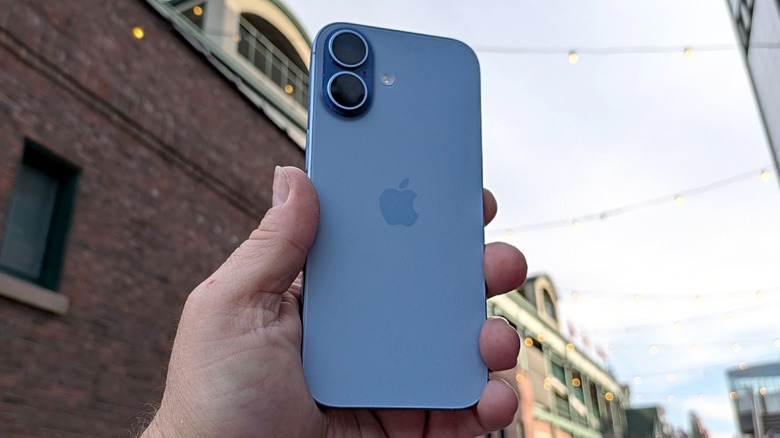Why iPhone 17 Feels Like A Wild Card In Apple's Playbook
When iPhones launched earlier last month, people were wowed by the iPhone Air, and they appreciated the updates coming to the iPhone 17 Pro, but I wonder if the real sleeper hit here might just be the iPhone 17. It's funny because if you want to refer to the iPhone 17, you just call it "the iPhone" or the "iPhone 17." There are no additional monikers or descriptors, like "Pro" or "Max" or "Air" and that might be its secret power.
The iPhone 17 feels like Apple's Wild Card. Like a wild card in poker, this phone can be what it needs to be for whoever needs it. It's the sleeper hit that sneaks in under the radar with how very, very good it is. Apple updated this phone with a lot of "Pro" features it had previously reserved for Pro models, so in its own way, the iPhone 17 is the biggest year over year upgrade you can make.
In order to put this phone in perspective, I took Apple's Wild Card to an MLB Wild Card game. My beloved Chicago Cubs are currently fighting for their lives season as I write this from outside the ballpark, but I'm glad I have the iPhone 17 to experience it. I've been using the iPhone 17 for about a week, and this is my full review.
Upgrades aplenty
On the outside, the iPhone 17 seems to have changed very little. From the dimensions of the body of the phone to the vertical alignment of the cameras, there's a lot of the same. The upgrades are more subtle. The new phone has an LPTO Pro Motion display with 120Hz refresh rate. That is covered by Ceramic Shield 2 glass on the front.
Sticking with the front of the phone, the iPhone 17 gets the same 18-megapixel square sensor that allows you to shoot selfies in portrait or landscape. On the back of the phone, you get a 48-megapixel ultrawide camera — up from 12 megapixels from last year. The base storage this year also starts at 256GB, up from 128GB.
This is all in addition to the normal upgrades in battery and processor that we've all come to expect year after year. In all, there is a ton of extra to love about this phone, and there are very few exclusive traits that the more expensive models have.
Classy Glass
I touched on Liquid Glass a bit when I reviewed the iPhone Air, and obviously, Liquid Glass is on the iPhone 17 as well. Overall, I like it, and I have found strategic blurring of backgrounds to be key to successfully navigating it. That being said, I found a few areas where it can be tough to use, and for the most part I think I'm just running into minor glitches here and there.
Notably, when I open a photo from the camera's gallery, sometimes the UI comes up in white text as opposed to black test which makes reading those buttons against the white background of the gallery tough. Similarly, on many occasions, I will open an app that uses the keyboard, like the Messages app, and I will find the text behind the keyboard, as if the app just hadn't scrolled down enough. In those cases, simply scrolling to the bottom fixes the issue, but both of those fly in the face of Apple's "it just works" philosophy. That being said, they're both minor bugs that shouldn't be hard to fix with an update and I love the overall look and feel of Liquid Glass.
Apple Intelligence continues to improve
Apple's AI system gets new tricks with iOS 26. Of particular interest in the ability to point your camera at an invitation or a poster for an event and ask it to add the event to your calendar. That function works, though it took a few attempts to get it right. In my case, I wasn't using an invitation or a poster, but a web site for an event, so I was surprised it worked as well as it did. It read over the site and pulled the date and time from the page, which in some ways is more impressive than picking the info off a poster. Still, it took a few tries to get it right.
Other parts of Siri and Apple Intelligence are still working well, but not as well as Google's Gemini. I use voice assistants on my phone quite a bit and while most of my queries to Siri are straightforward requests, it can still stumble. A request like "Navigate by bike to Wrigley Field" returns transit directions, which is not helpful on multiple levels. These are the kinds of things that Gemini can get right from the jump, so it's frustrating to see Siri so far behind in this respect. Siri is better than it used to be, but it's still not as good as some of its direct competitors.
48-megapixel boost
The cameras on the iPhone are still excellent during the day. The bonus here is that Apple included a 48-megapixel ultrawide camera to go with the 48-megapixel main shooter. The benefit here is you get better resolution, detail, and color consistency between the two lenses. Color consistency wasn't a problem with the iPhone 16 when I reviewed it, but you definitely get better detail this time around, which is great to see. It's also very good with capturing motion, like in the waves crashing against the shore above.
On the flip side, zooming beyond 2x isn't all that great. At 10x, which is the maximum allowable zoom, you lose all depth, and images get rather blurred. I suppose it does a passable job, as long as you're confined to a phone screen or social media, but it's not all that great regardless. I got better results from 10x on the iPhone Air than any of the 10x shots I got from the iPhone 17 — side by side comparison is above with the Air on the left (in low light) and the iPhone 17 on the right (in full daylight).
One area where the 48-megapixel ultrawide excels is in the world of macro photography. Macro shots are lovely with the iPhone 17 (shown above on both left and right) with nice detail and great depth of field. This is one big area where the sensor upgrade really shows results.
Nighttime oddities
At night, quality drops, but again, not as much with other phones around this price point. One unusual trait I noticed in video capture while walking was the tendency for the camera to shift focus around quite a bit. The normal judder in the image isn't there, but it felt like the viewfinder was radically shifting its focus in an effort to stabilize the video. On the plus side it was easier to watch, and the video was clearer. But if I was trying to film something specific, I would have had a hard time properly framing the shot. I suspect more people care about the former though, so I'll run with it.
Zoom exhibits the same blurriness and lack of detail at night — no surprise there. But I found moving subjects impossible to capture, even with burst mode. As for the rest of the camera's performance at night, it's pretty good. Highlights get a little blown out, and there's just the tiniest amount of grain in the shadows while shooting video.
You can capture stationary subjects — even people posing — quite well, though I'd recommend taking a few shots just to be sure. You can even grab some good snaps at 2x. Overall, I would say that this camera is a very capable shooter, considering its price.
Performance and battery
The iPhone 17 comes with the A19 processor which is technically not as good as its Pro counterparts. On Geekbench, it returns 3,429/9,011 single/multi-core scores which are both very good for their categories. I mostly played "Asphalt Legends" to test the phone's graphics and performance and can happily report fast gaming with no dropped frames.
As for battery, I've had better. Most days, I'll go to bed with around 20% left in the tank. Most of those days have involved staying home on Wi-Fi with occasional forays out to run the odd errand. On some occasions, I pushed the phone harder by doing some audio streaming while riding my bike in the waning days of bike-riding weather in Chicago. Overall, I can get through a day and maybe early into the next if I forget to plug it in at night, but I generally expect better battery performance out of an iPhone. It's possible/likely that my phone has been under more stress for the past week than normal since I just moved in. I'll continue using this phone for a few more weeks and update this review if things change.
iPhone 17 Price, Availability, and Verdict
The iPhone 17 starts at $799, and you can basically buy it anywhere you can buy electronics. That includes Amazon, Best Buy, all three carriers in the U.S. and most MVNOs as well. What's more, every one of those carriers is probably offering you a deal to get the phone for "free" as long as you pinky-promise (read: sign a long and legally binding contract) not to leave before two or three years are up.
Overall, I like the iPhone 17 a lot, and I think it's the iPhone that most people should buy. You're missing out on a telephoto camera with this phone if you're comparing with the iPhone 17 Pro. That's important to me, but I understand your mileage may vary. But I've been surprised by how easy it is to enjoy this phone, even above its Pro counterpart. I may end up going with the iPhone Air, but the iPhone 17 is a very strong competitor, especially considering the upgrades it got and the fact that its basic pricing stayed the same as the release price in 2024 with the iPhone 16.
This is the Wild Card for Apple. This is the phone you should buy despite the company offering two other very compelling offerings. But at $799, this is an easy recommendation, and Apple will sell millions of them and anyone who buys one will enjoy it for a long, long time. We can only hope the Cubs are as lucky.
